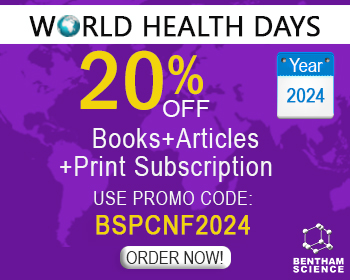Abstract
Background: A high dietary intake of polyphenols has been associated with a reduced cardiovascular mortality, due to their antioxidant properties. However, growing evidence suggests that counteracting oxidative stress in cardiovascular disease might also reduce sympathetic nervous system overactivity.
Methods: This article reviews the most commonly used techniques to measure sympathetic activity in humans; the role of sympathetic activation in the pathophysiology of cardiovascular diseases; current evidence demonstrating that oxidative stress is involved in the regulation of sympathetic activity and how antioxidants and polyphenols might counteract sympathetic overactivity, particularly focusing on preliminary data from human studies.
Results: The main mechanisms by which polyphenols are cardioprotective are related to the improvement of vascular function and their anti-atherogenic effect. Furthermore, a blood pressure-lowering effect was consistently demonstrated in randomized controlled trials in humans, when the effect of flavonoid-rich foods, such as tea and chocolate, was tested. More recent studies suggest that inhibition of sympathetic overactivity might be one of the mechanisms by which these substances exert their cardioprotective effects. Indeed, an increased adrenergic traffic to the vasculature is a major mechanism of disease in a number of cardiovascular and extra-cardiac diseases, including hypertension, obesity, metabolic syndrome and heart failure. A considerable body of evidence, mostly from experimental studies, support the hypothesis that reactive oxygen species might exert sympathoexcitatory effects both at the central and at the peripheral level. Accordingly, supplementation with antioxidants might reduce adrenergic overdrive to the vasculature and blunt cardiovascular reactivity to stress.
Conclusions: While supplementation with “classical” antioxidants such as ROS-scavengers has many limitations, increasing the intake of polyphenol-rich foods seems to be a promising novel therapeutic strategy to reduce the deleterious effects of increased adrenergic tone, particularly in essential hypertension.
Keywords: Polyphenols, antioxidants, oxidative stress, sympathetic nervous system, microneurography, blood pressure.




























